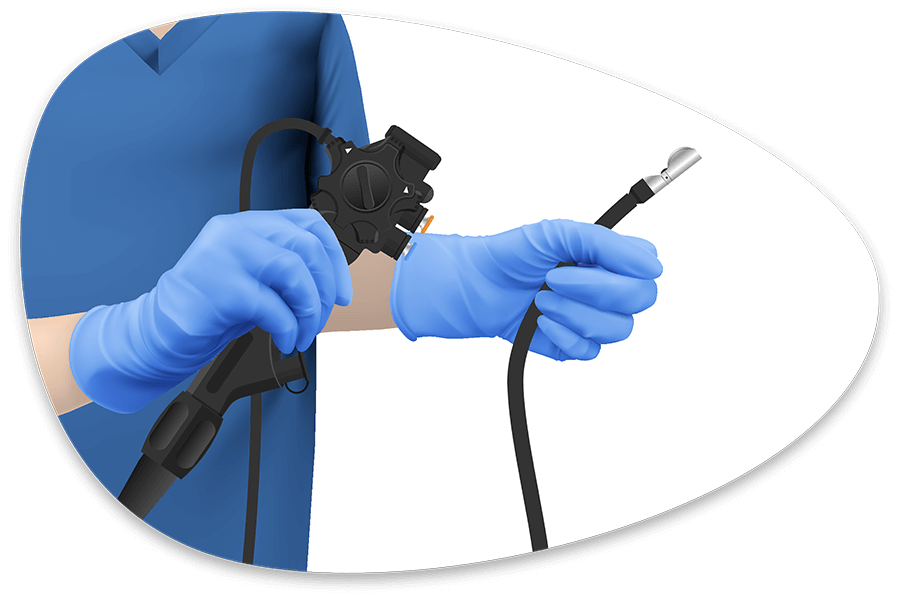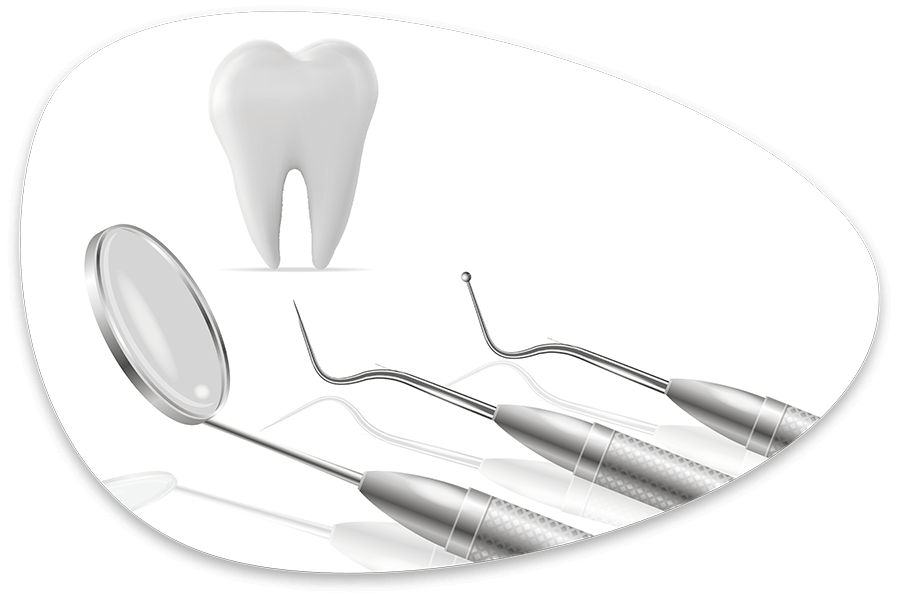
endoscopy DECONTAMINATION
BIOFILMS & ENDOSCOPY
-
Growth of biofilms inside endoscope channels can result in failure of endoscope reprocessing and is an important factor in the pathogenesis of endoscopy-related infections. ⁶
-
Microbial surveillance to monitor endoscopes after reprocessing has been recommended by a majority of organizations (ASGE, ESGE, ESGENA, GESA).
-
Countries with systematic endoscope monitoring confirm high contamination rates.
WHY WORRY ABOUT ENDOSCOPES?
10 to 30% of patient-ready endoscopes are contaminated with microorganisms . ¹
-
If contaminated scopes are used, investigators noted high rates of transmission.²
More outbreaks are linked to contaminated endoscopes than to any other medical device.³
-
Endoscopes not sterilized, hence reprocessing has narrow margin of safety. Any slight deviation can lead to survival of microorganisms.⁴
-
Endoscopes are significant vectors for nosocomial transmission of microorganisms as a result of scope contamination from the patient or from the inanimate environment (e.g. automated endoscope reprocessing devices).⁵
SEVERAL RECENT ASES⁸ REPORTED OF INFECTIONS POST-ERCP FOLLOWING COMPLETE COMPLIANCE WITH CLEANING GUIDELINES (MORBIDITY & MORTALITY
INFECTIONS & ENDOSCOPY
-
Infection rates “far higher” than expected in US endoscopy centers
-
An update on gastrointestinal endoscopy-associated infections and their contributing factors
-
IF IT'S NOT CLEAN, IT SHOULDN'T BE DISINFECTED
-
Inorganic and organic materials interfere with the effectiveness/ antimicrobial activity of disinfectants and sterilization.²
-
It is impossible to disinfect an inadequately cleaned instrument.²
-
“Any disinfection process is doomed to fail if cleaning is inadequate.”⁷
-



